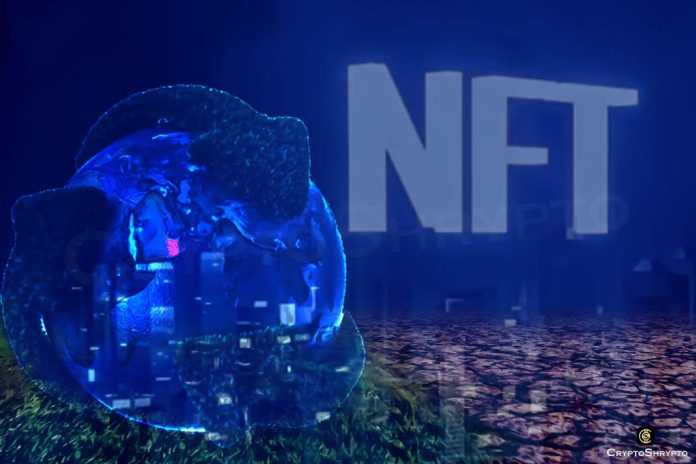Creators may open a whole new realm of opportunities for creating partnerships and sharing value by adopting eco-friendly, utility-driven NFTs.
Over the years, NFTs have blown over pop culture. A wide range of renowned personalities are starting to recognise the good content that NFTs bring, from Quentin Tarantino’s Pulp Fiction NFTs to Snoop Dogg’s NFT soundtrack. While celebrity involvement has assisted to make people more aware about the broad range of NFT possibilities and investment opportunities, it has also outraged some admirers.
Major concerns about the technology’s ecological impact have arisen amid the hype surrounding the NFT trend. The renowned South Korean boy band BTS, for example, received a great deal of outrage a few months earlier when they disclosed their plans to create their own NFT collection. BTS’s criticism is one of many identical incidents, leading some artists to be cautious about following the NFT craze for themselves.
Several fans are unaware that non-fossil energy innovation may be developed without damaging the environment. However, by integrating energy-efficient blockchain networks like Tezos, Flow, Polygon, and Solana, several NFT platforms have embraced more ecologically responsible methods of minting. To approve transactions on the blockchain, such as minting an NFT, these blockchain technologies use a settlement technique called proof-of-stake (PoS). As we’ll see soon, this form of consensus mechanism utilises far less energy than proof-of-work (PoW), the formerly dominant method of purchasing guidelines.




